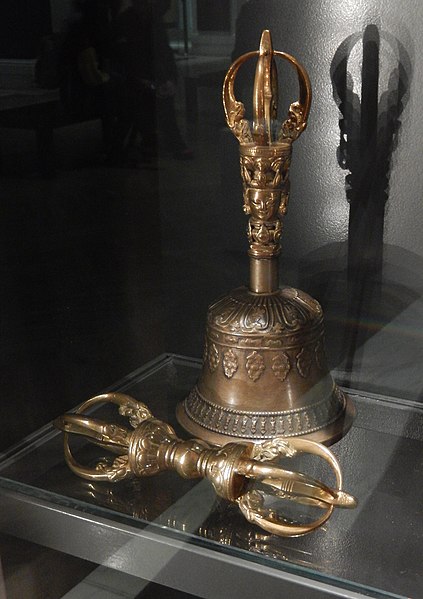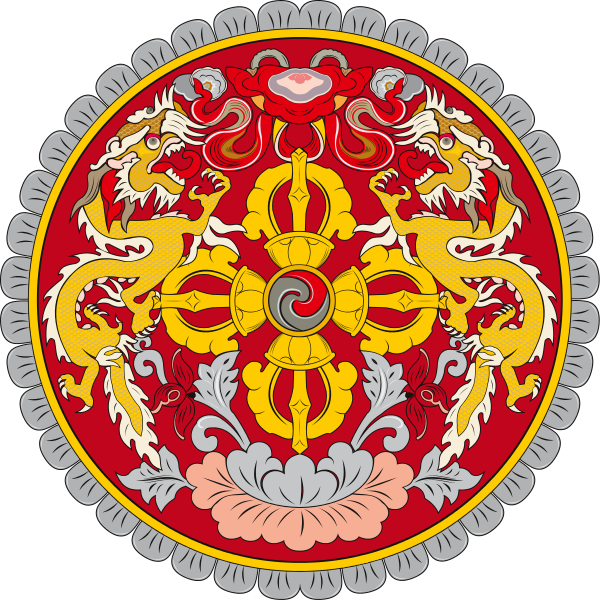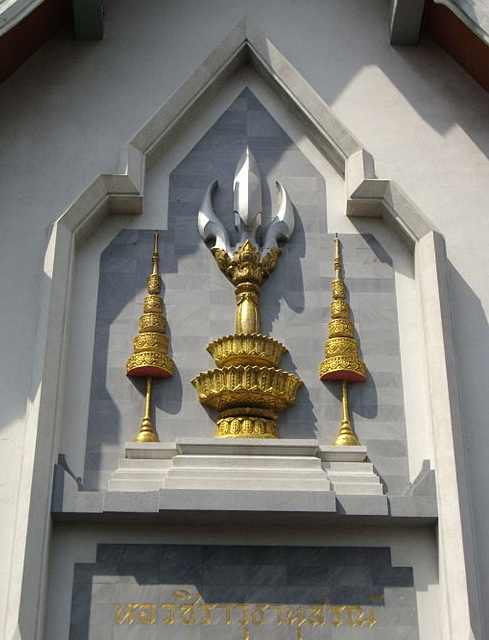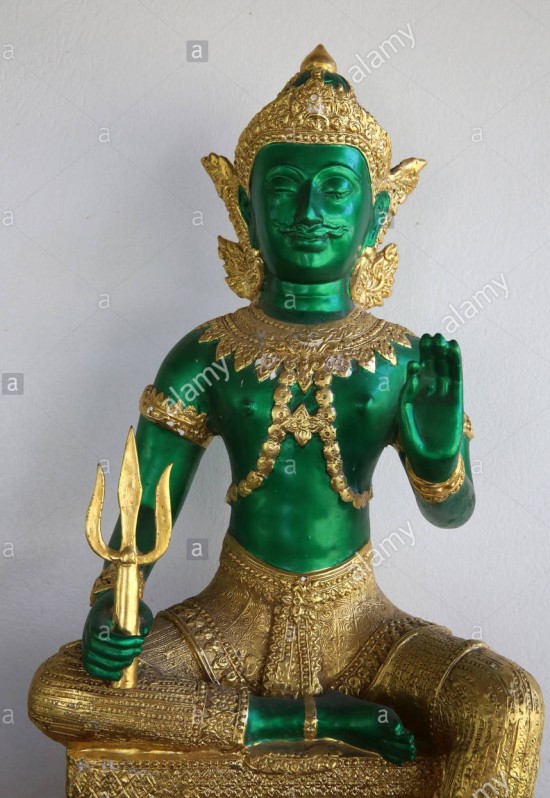
| VAJRA 8. Vajra :
Vajra is a weapon of Indra / Thor / Adam / Mithra, etc.
Vajra is mentioned in Sumerians, Ved, Purans, Buddhist, Avestan Scriptures and British Edda. As we know that Sumerians and zoroastrians are Aryans, we consider Sumerian, Ved and Avestan Scriptures to be authentic along with British Edda. Purans are very late version which are doubtful but gives a hint of what might have happened.
Purans give us a different shape of Vajra and Buddhists give a different shape of Vajra which is similar to Trident.
Let us one by one examine Vajra according to different scriptures and in the end we will go to the Sumerian version along with British Edda.
1. Ved :
The first mention of Vajra is found in Rig Ved Mandala 1 - Sukta 8 - Mantra 3
•
Indra Tvaa Uutaasa : O Indra, Protected by you.
Here, we get a idea of Vajra as a weapon.
2. Avesta :
According to Asko Parpola, the Sanskrit Vajra and Avestan Vazra both refer to a weapon of the Godhead.
3. Purans :
Purans show Vajra as a weapon of Indra made from bones of Sage Dadhichi this is a modified story taken Rig Ved.
I am not going to go indetail about story of Sage Dadhichi and how Vajra was made as this story can be easily found from the internet and Purans.
Vajra of Indra According to Purans
Vajra of Indra According to Purans Here, we can see Vajra in the hand of Indra.
3. Param Vir Chakra :
Vajrayudh (Vajra) is made from bones of Rishi Dadichi. To kill Asura and reclaim heaven, Gods need a weapon and that can be made only from Dadichi’s bones. So the Rishi sacrifices his life to save everyone from evil.
Thus Vajra and Rishi Dadichi symbolizes utmost bravery and selflessness.
Considering these qualities, Param Vir Chakra design is based on weapon Vajra and people who show these qualities in battle are honoured with this award.
Vajra
Param Vir Chakra 4. Buddhism :
In Buddhism, the vajra is the symbol of Vajrayana, one of the three major schools of Buddhism. Vajrayana is translated as "Thunderbolt Way" or "Diamond Way" and can imply the thunderbolt experience of Buddhist enlightenment or bodhi. It also implies indestructibility, just as diamonds are harder than other gemstones.
In Tantric Buddhism (Vajrayana) the vajra and tribu (bell) are used in many rites by a lama or any Vajrayana practitioner of sadhana. The vajra is a male polysemic symbol that represents many things for the tantrika. The vajra is representative of upaya (skilful means) whereas its companion tool, the bell which is a female symbol, denotes prajna (wisdom). Some deities are shown holding each the vajra and bell in separate hands, symbolizing the union of the forces of compassion and wisdom, respectively.
Vajrasattva holds the vajra in his right hand and a bell in his left hand The vajra is almost always paired with a ritual bell. Tibetan term for a ritual bell used in Buddhist religious practices is tribu. Priests and devotees ring bells during the rituals. Together these ritual implements represent the inseparability of wisdom and compassion in the enlightened mindstream.
Five ritual objects used in Vajrayana from the Japanese island Itsukushima: a five-pronged short club (vajra) (gokosho), a pestle with a single sharp blade at each end (tokkosho), a stand for vajra pestle and bell (kongoban), a three-pronged pestle (sankosho), and a five-pronged bell (gokorei)
A Tibetan vajra (club) and tribu (bell)
A visvavajra or "double vajra" appears in the emblem of Bhutan
Indra's vajra as the privy seal of King Vajiravudh of Thailand
Green and golden Indra statue in Hua Hin. Thailand |
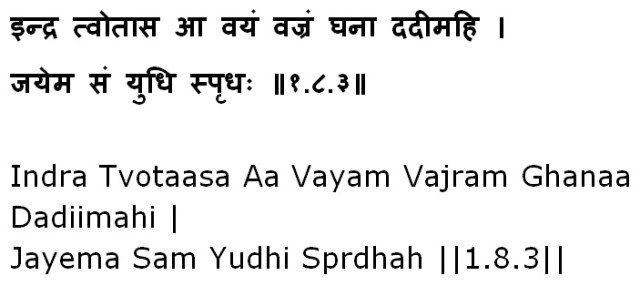
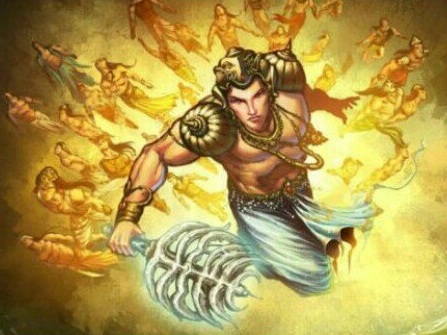
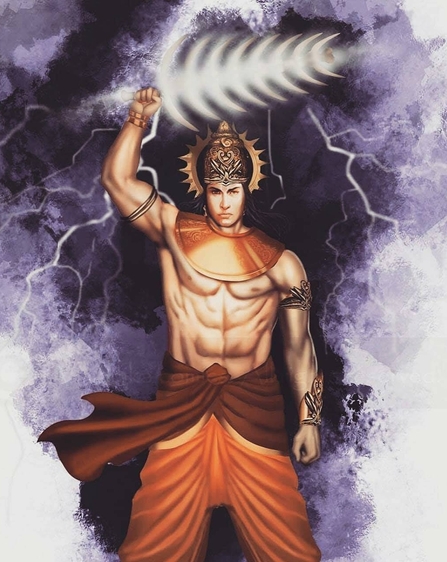

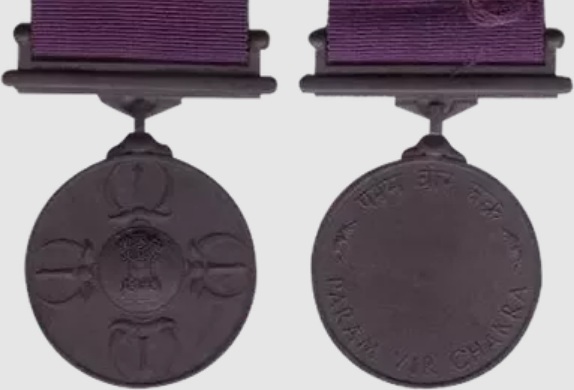
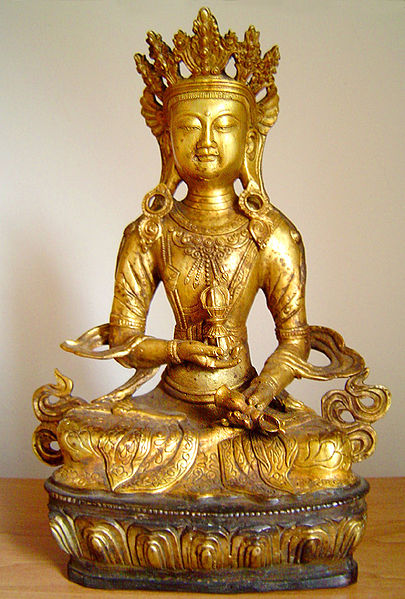
.jpg)
